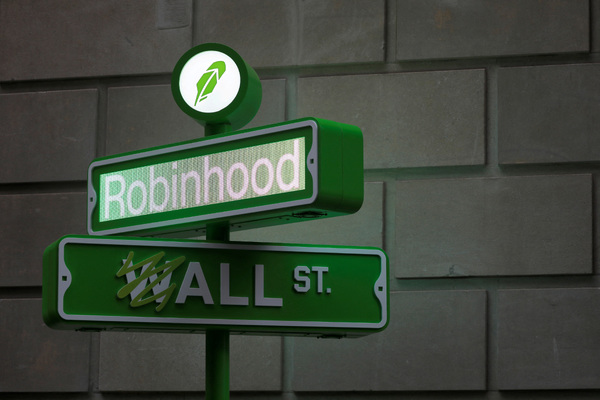Payment on the move

Ralf Gladis at Computop describes how in-car purchasing is coming to a vehicle near you
Most of us spend hours in our cars on the daily commute, transporting children, or just getting the weekly shop, and enjoy in-built sat-nav and hands-free mobile devices that we can use while we’re on the move. But imagine if we could use our car to pay for services with just the touch of a fingertip.
For some this is now reality because, thanks to innovation, car drivers are already using their vehicles as a digitally networked means of payment. Long waits in petrol station queues have, for them, become a thing of the past because they can pay from their car, and they don’t have to worry about finding the right change for car park machines any longer.
According to a study by the Juniper Research Institute, the predominant use cases for (native) in-car payment in the next few years will be payment for refuelling or charging and parking, in addition to paying tolls or ordering fast food. Apart from the convenience of paying from the car, it is also a great way to save time.
The process works for on-street parking by recognising participating cars via GPS when they pull into a space. Start and end of the parking period are recognised by stopping and starting the ignition, so drivers only pay for the time they use, and they don’t have the worry of running over.
In multi-storey car parks, another system, which has been introduced via a cooperation between Mercedes-Benz and Computop, provides drivers with an app in their infotainment system. They navigate to a participating car park and when they arrive, present their parking card which is automatically recognised using RFID radio technology, triggering the barrier to open.
When they are ready to leave, they can just drive straight out, relying on the RFID chip to recognise the completion of the process upon exit. The driver will see the amount charged on the infotainment display and it will be debited from the card stored in the account.
Before long automatic number plate recognition (ANPR) linked to the driver’s account will make parking cards unnecessary, further simplifying the process.
Getting it right for multiple countries
If seamless payments for products and features are to be rolled out in other markets, too, providers of these services need to allow for local payment preferences as much as provide leading global card brands.
The process usually starts with payment service providers transmitting data to financial partners -- individual banks or joint ventures of banking groups, private groups such as PayPal or Klarna, and acquiring banks -- that carry out the processing of card transactions on the retailer or merchant side. The acquiring licences are issued by the card organisations at country or continental level. This means that different acquirers can be used for the same card brand in different markets.
From a technical perspective, card payments are demanding transactions, as they are executed by the acquirer via the networks of the card companies to the card-issuing bank, the issuer. There, the creditworthiness of the consumer is checked, and the payment amount is authorised. Reconfirmation takes place via the same route. This can happen in the fraction of a second.
Biometrics ensure secure native in-car payments
An important consideration for in-car payments is security, where the same rules apply as for mobile payments. Transactions that require two-factor authentication mean either entering a PIN in the infotainment system or scanning a QR code with the driver’s smartphone. This can cause a hiccup while paying and studies have shown that purchases can be abandoned because of complications or redirects in the process.
Of course, if a driver has already filled up with petrol or started a parking phase, this means they must complete the payment. So, it’s fortunate that biometric technology is making it possible for payment authentication to be made without the need for a PIN. A fingerprint will provide proof of identity while the vehicle itself is the ‘trusted device’ so satisfying the two-factor authentication rule.
For the driver, setting up in-car payments is easy. They connect their credit card to the vehicle once to carry out "device binding". The card details are stored in the vehicle and identity is confirmed via OTP (one-time password) or 3D-Secure. They can also be sure that all the market-leading card schemes are involved and rely on the security of their data and payment processing.
Customers’ card data is tokenised, i.e. encrypted, and the card number is replaced with an anonymised placeholder. In combination with the vehicle as a trusted device, the function offers customers a high level of security.
One question would be how a card-issuing bank would know that the payment initiation is being made by an authorised person. After all, additional data points that are used in eCommerce transactions, for example, such as billing, delivery address or email, are not appropriate for an in-car payment. This is why tokens are considered a plus point - the procedure is recognised as highly secure.
The future of in-car payments
The modern car has the potential to become a rolling marketplace and a means of payment in one. Petrol station services and car parking are just the beginning; soon we’ll see car manufacturers making it possible to pay at drive-in restaurants, or for streaming services to be delivered to rear-seat screens, or for apps that can be used within the vehicle.
Behind this functionality, however, the processes are complex, and safety is paramount. Safety when driving to ensure the driver is not distracted, and safety when paying so that drivers are not exposed to security risks from unauthorised transactions.
The innovation and convenience of in-car payment is increasingly being brought to consumers across the world.
Ralf Gladis is CEO at Computop
Main image courtesy of iStockPhoto.com

Business Reporter Team
Most Viewed
23-29 Hendon Lane, London, N3 1RT
23-29 Hendon Lane, London, N3 1RT
020 8349 4363
© 2024, Lyonsdown Limited. Business Reporter® is a registered trademark of Lyonsdown Ltd. VAT registration number: 830519543





